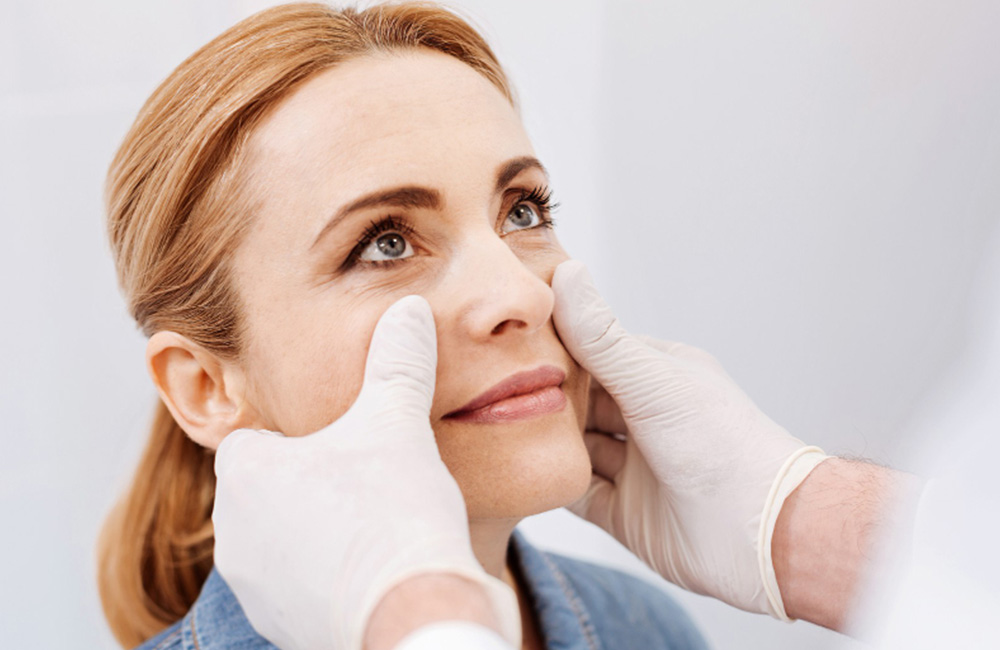When it comes to skin rejuvenation, few treatments have captured as much attention in recent years as fractional CO₂ laser resurfacing and Platelet-Rich Plasma (PRP) therapy. Each on its own has a solid reputation for transforming skin, whether it’s smoothing fine lines, improving scars, or restoring overall radiance. But what happens when you combine them? The results often exceed expectations, offering patients faster healing, reduced downtime, and more dramatic improvements in texture and tone.
This blog takes a closer look at why these two therapies are increasingly paired together, how they work together, and what patients can realistically expect from the combination.
Why CO₂ Laser Resurfacing Is Gaining Popularity
CO₂ Laser Resurfacing has been called the gold standard of skin rejuvenation for decades. The treatment works by directing beams of light energy into the skin, creating microscopic columns of controlled injury. These tiny injuries stimulate the body’s natural wound-healing response, which includes collagen and elastin production.
What makes the CO₂ laser unique is its depth of penetration and precision. While more superficial treatments can polish the skin’s surface, CO₂ targets deeper layers where wrinkles, acne scars, and long-standing sun damage are rooted. Over the weeks and months following a session, new collagen forms, the skin contracts, and the overall surface appears smoother and more youthful.
The Role of PRP in Skin Rejuvenation
PRP, often called “liquid gold,” is derived from the patient’s own blood. After a simple blood draw, the sample is spun in a centrifuge to concentrate platelets, which are rich in growth factors and healing proteins. These molecules are known to accelerate tissue repair, calm inflammation, and encourage collagen development.
In aesthetics, PRP has been used in everything from hair restoration to under-eye rejuvenation, precisely because it amplifies the body’s ability to heal and regenerate. It’s a natural, biocompatible solution with little to no risk of allergic reaction, since it comes directly from the patient’s body.
How the Combination Works
So, what happens when PRP meets CO₂ laser treatment? The answer lies in how these two therapies complement one another. The laser creates controlled micro-injuries that stimulate repair, while PRP delivers concentrated growth factors that accelerate healing and collagen remodeling. Together, they make a cycle of injury and recovery that tilts heavily toward regeneration.
- Micro-channels from the laser act as gateways. After a CO₂ session, the skin is temporarily more permeable, which allows topical PRP to penetrate deeper than it normally could.
- Growth factors meet active repair. The controlled injury created by the laser is the perfect environment for PRP to do its job. It encourages faster recovery and enhances the remodeling of collagen in those exact treatment zones.
- Reduced downtime, enhanced outcomes. Patients frequently report less redness and swelling, shorter healing time, and results that appear faster and last longer compared to laser alone.
In many clinics, PRP is applied topically across the treated areas immediately after the laser pass. Some practitioners also choose to inject it directly into specific concerns, such as deep acne scars, for an added boost.
Things to Know If You’re Darker Skinned
For people with medium to deeper skin tones, one of the main concerns with ablative lasers is post-inflammatory hyperpigmentation (PIH), dark spots that can appear after the skin heals. Modern fractional lasers are gentler and carry less risk than older, fully ablative lasers, but PIH can still occur, and studies show the risk varies widely.
Some steps may lower this risk. Some doctors recommend short courses of anti-inflammatory creams, while strict sun protection and pigment-balancing skincare remain essential. PRP may also help reduce inflammation after treatment, but it isn’t a guaranteed safeguard against PIH.
If your skin falls into the deeper Fitzpatrick types, it’s worth asking your provider about doing test spots, using lower energy settings, and starting on a pretreatment protocol designed to balance pigmentation before your session.
Final Word
Pairing fractional CO₂ with PRP isn’t a passing trend but a data‑backed way to make the recovery smoother and, in many acne‑scar protocols, to nudge results further than laser alone. A CO₂ laser combined with PRP demonstrates how blending technologies and natural biology can give patients the best of both worlds: the proven resurfacing power of CO₂ and the healing, regenerative support of PRP.
Schedule Your CO₂ + PRP Consultation Today
Experience smoother, healthier skin with less downtime. At PRP in Seattle, we specialize in combining advanced CO₂ laser resurfacing in Bellevue & Kirkland with PRP Injections to deliver powerful, natural results. Call (206) 279-2112 or click here to schedule your consultation today and take the first step toward brighter, rejuvenated skin.


